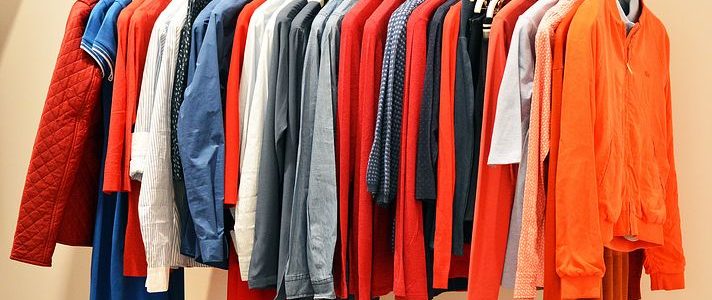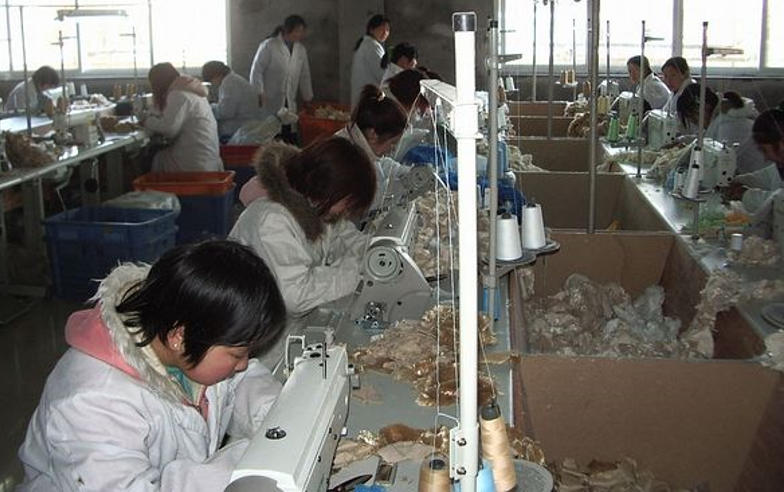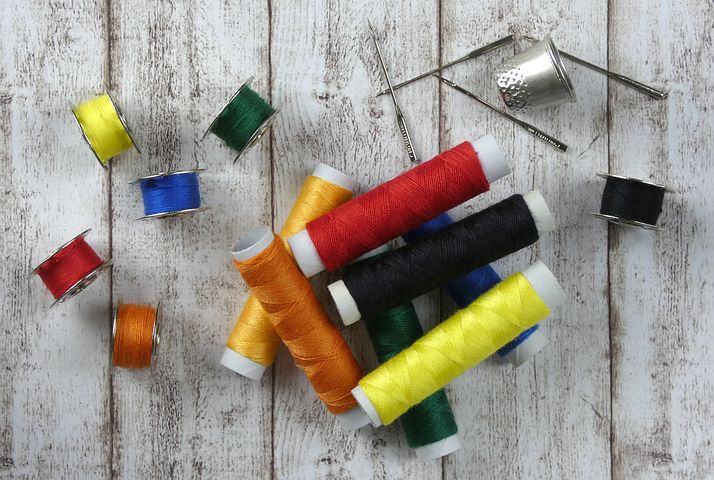
When picking out your wardrobe for the day do you ever think about the environmental impact of what you’re wearing? It’s time to add sustainability to your morning routine.
Fast fashion empire Forever 21 got in trouble a few weeks back for posting a joke about only wearing an outfit once because it’s already been ‘grammed. The post got slammed for being ignorant of the fashion industry’s impact on the environment. According the World Resources institute in 2015 people bought 60% more clothes than 15 years earlier and only kept them half as long. With people wearing clothes once or twice for a post then throwing them away, the industry has kept pace.

Fashion is a $2.5 Trillion dollar industry, one of the most profitable and prolific on this planet. On the other hand it’s one of the planet’s biggest polluters. Making fabric uses huge amounts of energy and water and produces large amounts of waste. The industry emits more pollution than all international flights and maritime shipping combined according to the UN. Fabric dyeing is one of the worst polluters of water ways, second only to agriculture. But dye and chemicals are not all that washes down the drain from fashion. We recently talked about how whales are washing up onto beaches with tons of plastic in their stomachs: surprisingly 60% of that pollution is from our clothes. Polyester, nylon, acrylic and other synthetic materials make clothes easier and cheaper to produce. But there’s a different price to pay, those tiny fibers break off when we wash our clothes and end up in our oceans. Even clothes themselves end up as waste. Every year 21 billion tons of textiles ends up in the garbage.
Apart of the environmental costs there’s also a large human cost. The fashion industry is notorious for human rights abuses and unfair labor practices like forcing long hours for low wages.

While fashion might be the problem, many fashion brands are trying to become the solution.
Like EVERLANE, who dedicated a whole line to create pieces that are more eco friendly by using recycled plastic. In a press release EVERLANE said “Plastic is destroying our planet and there is only one solution — stop creating virgin plastic and renew what’s already here”.
Other brands are skipping synthetic fabrics and only creating pieces from natural products. Stockholm based luxury brand BITE (an acronym for By Independent Thinkers for Environmental Progress) uses only ethically sourced organic cotton and other materials that do not damage the ecosystem when they are extracted or harvested.
Outerknown, co-founded by surf legend Kelly Slater and John Moore, is tackling the problems in the industry from several different angles. Outerknown follows a strict ethical code that includes advocating for fair labor practices, including proper health and safety as well as reasonable working hours and fair pay. They only work with suppliers who invest in renewable energy and work to reduce their own emissions. The code also includes sourcing renewable fabrics made from recycled or organic materials.

LA based brand Reformation uses their own rating system to identify which materials are best to make clothes from. Different materials are rated from A-E. Recycled cotton gets an A, organic cotton a B, while conventional cotton gets an E. They pledge to use category A and B materials 75% of the time with only some exceptions. The dress shown, called Riegan, is made from B materials.
So what can you do? Start by being smart about your fashion choices. Find brands that commit to sustainability in a concrete way. Some of these brands are on the pricier side, so consider buying second hand. Buying gently used clothes can get you great quality pieces without a large environmental impact or a large price. On the other hand, one of the best things you can do is buy less. Seek out higher quality pieces and, although this is then unlikely, if they tear or rip learn to sew! A quick stitch can save a couple bucks and help save the environment.





